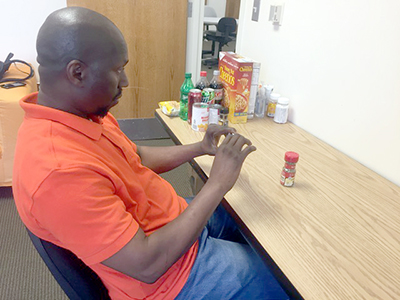Teaching Accessible Computing
Computing faculty across the country participated in the creation of a new, living text on teaching accessibility topics to computing students through incorporating best practices and strategies in their courses. In this video, authors will briefly share key points and best practices as presented in the chapters they wrote/co-wrote.
- Read more about Teaching Accessible Computing
- Log in or register to post comments
 I am blind, a father of three daughters, a non-traditional student, and a senior at University of Maryland (UMD), College Park majoring in information science at the UMD iSchool hoping to specialize in human-computer interaction in graduate studies. I value education not only in the practical sense but also for how it shapes me as a person and allows me to contribute to our society.
I am blind, a father of three daughters, a non-traditional student, and a senior at University of Maryland (UMD), College Park majoring in information science at the UMD iSchool hoping to specialize in human-computer interaction in graduate studies. I value education not only in the practical sense but also for how it shapes me as a person and allows me to contribute to our society.